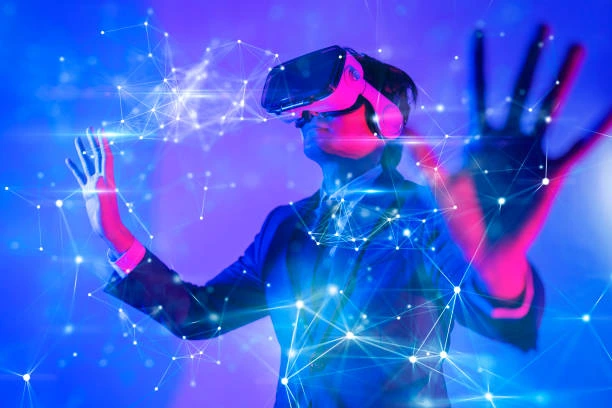Imagine standing in the bustling streets of ancient Rome as you experience witnessing the glory of the Colosseum as it used to stand there at one point in history, and all this right in the comfort of your living room. Well, thanks to AR and VR technology, such experiences are now within reach. These technologies not only bring historic places and events to life but also allow us to revisit personal memories in a way that feels real
Key Features That Redefine Retail
At the core of these experiences are AR and VR applications and virtual platforms that use advanced graphics, interactive tools, and compelling narratives. Companies like KiXR are at the forefront, crafting authentic digital recreations of locations and events that feel engaging and lifelike.
Virtual platforms and Virtual events take immersion further. Imagine joining a virtual set during the 1969 Woodstock festival wherein you get the opportunity to hear the music and feel the energy of the crowd exactly as if you were present there. These scenarios blend education and entertainment, thereby making history more accessible and engaging to people
Bringing Historical Events and Places to Life
With AR and VR technology, we now have new ways to connect with history. By layering digital information onto real-world settings, AR-based mobile apps offer enhanced storytelling and visuals at historical sites. For example, the Historik app enables users to explore historical landmarks with digital reconstructions of buildings and artifacts, creating a vivid connection to the past.
A Digital Connection to Personal Memories
Besides major historical events or sites, AR and VR provide opportunities to explore personal history as well in the sense that you can digitally reconstruct your childhood home and walk through its hallways, thereby reliving your fond memories. So such application of technology bridges the gap between memory and reality in the sense that the overall experience feels deeply personal.
A New Era of Learning
In the classroom, AR and VR are powerful tools for teaching history. Students can go for virtual tours of ancient civilizations or witness key events as they unfold. These immersive learning experiences provide a richer understanding of history, making lessons memorable and impactful.
The Future of Historical Exploration
As AR and VR technology evolves with time, the boundaries between the past and present continue to blur. Starting from AR-based mobile apps that make virtual exploration of the real world so intense to Metaverse events that create fully immersive environments, the potential for exploring history is vast.
Whether you’re exploring ancient ruins, attending iconic events, or reconnecting with personal memories, these technologies are reshaping the way we experience history by offering meaningful encounters with the past like never before.


